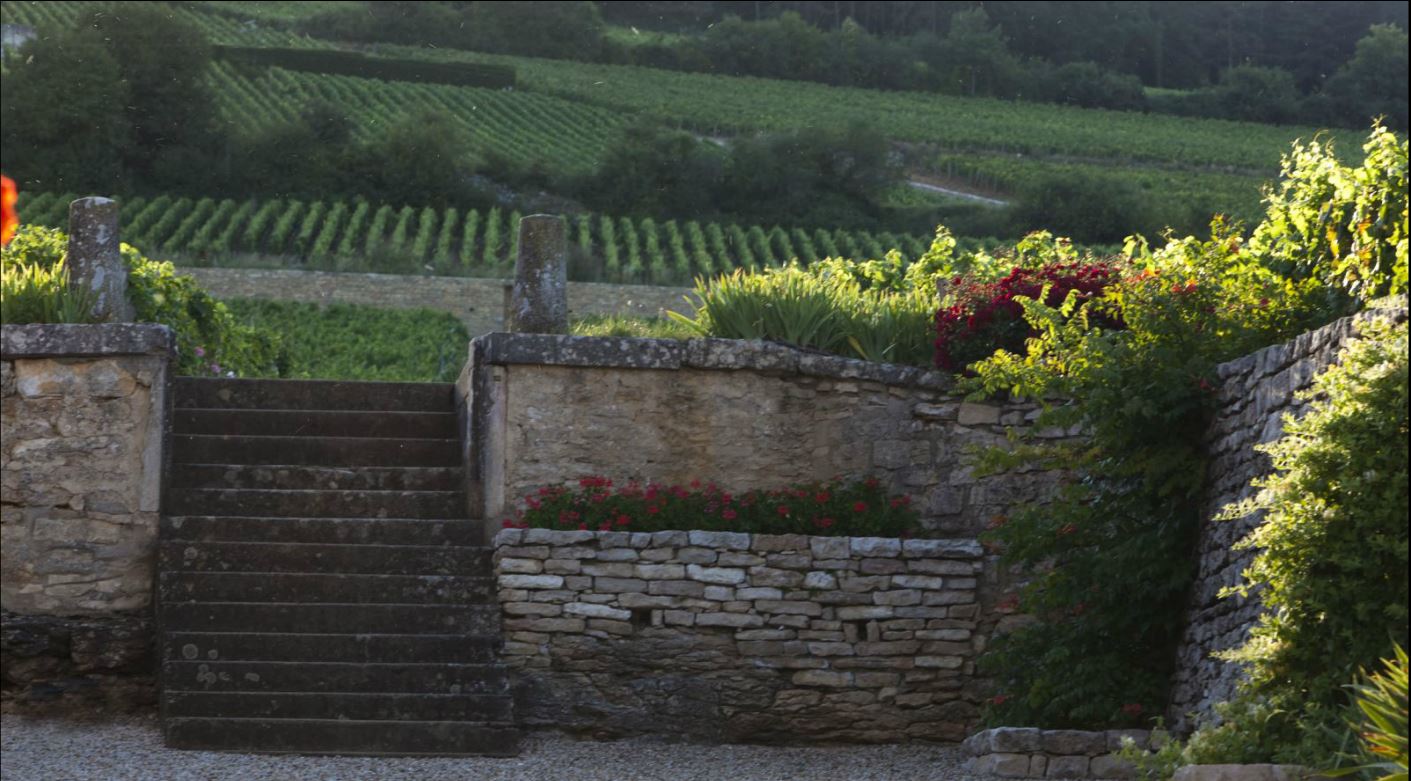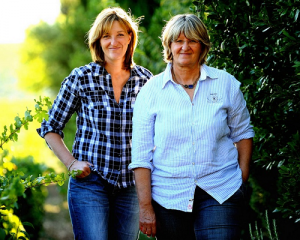
As you know, iDealwine specialises in wine price estimates and therefore follows the wine market very closely. Having gotten on our hands on the annual report from Safer (the French body which deals with agriculture and rural land) on the price of land, let us present you with a little summary. Almost everywhere in France, the price of vines is increasing, especially in the most prestigious appellations.
In their 2016 report, Safer had already highlighted the increase in viticultural land prices. This increase, which began in 2009, has continued and gained momentum in 2017, as Safer’s new report on the price of land shows.
The market of French vines saw robust growth in 2017
Before we get started, here is a little reminder of the 2017 context:
- Viticultural production saw a 18% decrease when compared with the five-year average. This widespread decline – with the exception of Burgundy – was in large part due to the spring frosts and drought.
- The volume of wine exports (excluding spirits) is on the rise
2017 saw the highest number in vineyard sales in 25 years, with 9,460 deals (+2.8% compared with 2016), concerning 16,900 hectares (+7.9%) for a total of 1.3 billion euros (+59.9%). This gulf between 2016 and 2017 in terms of the value of the transactions can in part be explained by several out-of-the-ordinary sales: the 10 highest value transactions represent 31% of the total market value.
The number of transactions increased most in the Rhone, Loire and Burgundy, whereas there were fewer transactions in Languedoc-Roussillon, East-Alsace, Bordeaux-Aquitaine and Charentes-Cognac. The value of vine sales saw growth in every region except the Languedoc-Roussillon (-8.2%%).
In 2017, the average price of AOP (protected designation of origin) vines rose to €143,900/ha, in other words an increase of +2.3% according to Safer, who also observed an increasing trend of vines being purchased as ‘shares’, at the expense of winemakers who now own 43% of planted surfaces, down from 63% in 1993.
Region by region: prices soar for the most prestigious appellations
In 2017, the price of vines of all categories increased:
- +2,3% for the AOP (PGO)
- +4,2% for the AOP excluding Champagne (in Champagne, the increase is somewhat more modest: +0,8%)
- +8,1% for brandies
- +3% for non-AOP land
The general increase comes as a result of several regional results:
- +72% in Alsace
- +5.5% in the Rhone (all of the appellations saw growth here, including the most highly-reputed)
- +4.9% in Burgundy-Beaujolais-Savoie-Jura (Burgundy’s Grand and Premier Crus’ prices are constantly on the rise)
- +3.8% in Val de Loire-Centre (due in large part to Sancerre and Saint-Nicolas-de-Bourgueil)
- +3.1% in Bordeaux-Aquitaine (thanks to Bordeaux’s most prestigious appellations, Pomerol, Saint-Estèphe, Saint-Emilion)
- +0.8% in Champagne (a moderate increase, given the drop in value of the Côte des Blancs)
- +8.1% in Charentes-Cognac (a result of the record increase in exports in 2017)
86% of the value of AOP viticultural land (69.4 billion euros, +2.3%) is concentrated in three regional groups which cover no more than 45% of surface: Champagne, which represents 55% of the total value, more than €38m (and only 7% of planted surfaces), then Bordeaux (€12.7m, +18%) for 28% of surfaces and the group Burgundy-Beaujolais-Savoy-Jura (€8.8m), for 10% of the surface.
Between 1997 and 2017, the average national price of AOP vines increased by 2.5%. The first factor which influenced the price of vines was the decrease in interest rates, linked to an increase in viticultural income. The price of non-AOP vines, which had decreased between 2000 and 2010, has since been on the increase. This increase can in part be explained by the dynamism of the Languedoc in this area (which represents 70% of non-AOP planted surfaces) and also certain vines being pulled out and vineyards replanted with better quality varieties.
Average vine price in the main appellations in 2017
The methodology chosen tends to smooth out the increase in prices, by not considering the highest- and lowest-value transactions.
Bordeaux
Pauillac: €2,000,000/ha1 (-0.79%)
Saint-Estèphe: €450,000/ha (+17.49%)
Saint-Julien: €1,200,000/ha (-0.79%)
Moulis: €80,000/ha (-0.7%)
Listrac: €75,000/ha (-0.8%)
Pessac-Léognan: €450,000/ha (-0.8%)
Sauternes: €30,000/ha (-15%)
Pomerol: €1,500,000/ha (+14.5%)
Saint-Emilion: €250,000/ha (+7.85%)
Fronsac: €30,000/ha (-15%)
More information regarding Bordeaux
Burgundy
Grands Crus: €6,000,000/ha (+8%)
White Premiers Crus: €1,536,000/ha (+4.1%)
Red Premiers Crus: €650,000/ha (+2.3%)
Chablis: €164,000/ha (+4.99%)
Chablis Premier Cru: €350,000/ha (+0.3%)
White Mâcon: €65,000/ha (-0.8%)
Pouilly-Fuissé: €240,000/ha (-0.8%)
More information regarding Burgundy appellations
Champagne
Côte des Blancs: €1,472,200/ha (-4.7%)
Côte d’Epernay, Grande Montagne: €1,188,900/ha (-0.19%)
Other regions (Marne): €1,040,000/ha (+1.17%)
Aube: €1,004,100/ha (+2.52%)
More information regarding Champagne regions
Rhone
Saint-Joseph: €120,000/ha (+9%)
Hermitage: €1,100,000/ha (-0.8%)
Cornas: €450,000/ha (-0.8%)
Crozes-Hermitage: €120,000/ha (+8.21%)
Châteauneuf-du-Pape: €405,000/ha (+3%)
Gigondas: €180,000/ha (-0.8%)
Vacqueyras: €90,000/ha (-0.8%)
Ventoux: €20,000/ha (+10.5%)
More information regarding Rhone appellations
Loire
Sancerre: €160,000/ha (+9.44%)
Pouilly-Fumé: €155,000/ha (-0.8%)
Bourgueil: €20,000/ha (1%)
Chinon: €22,000/ha (-1%)
Montlouis-sur-Loire: €9,000/ha (+11.1%)
Vouvray: €21,000/ha (-1%)
Saumur: €14,000/ha (+2.9%)
Touraine: €8,000/ha (-1.2%)
Anjou: €14,000/ha (+6.87%)
Saumur (Maine-et-Loire): €19,000/ha (-1%)
Saumur-Champigny: €58,000/ha (0%) (this figure doesn’t take the purchase of Clos Rougeard by Martin and Olivier Bouygues in 2017 into account, which shows the specific methodological choices taken for this study.)
Muscadet: €10,000/ha (-1%)
Muscadet Sèvre-et-Maine: €12,000/ha (-0.8%)
More information regarding the Loire
Alsace
Alsace (Bas-Rhin): €106,000/ha (+6.1%)
Alsace (Haut-Rhin): €153,600/ha (+6.7%)
More information regarding Alsace
Jura
Arbois: €36,000/ha (-08%)
Château-Chalon: €55,000/ha (-0.7%)
Côtes du Jura: €27,000/ha (+3%)
L’Etoile: €23,000/ha (+3.6%)
More information regarding the Jura
South-West
Jurançon: €40,000/ha (-0.7%)
Madiran (Pyrénées-Atlantiques): €15,000/ha (-0.7%)
Madiran (Hautes-Pyrénées): €18,000/ha (-0.5%)
Madiran (Gers): €16,000/ha (-0.6%)
More information regarding the South-West
Languedoc-Roussillon
Fitou: €11,000/ha (-0.9%)
Languedoc – Pic Saint-Loup: €40,000/ha (+4.44%)
Languedoc – Terrasses du Larzac: €20,000/ha (+16.96%)
Saint-Chinian: €12,000/ha (-0.8%)
Faugères: €16,000/ha (-0.6%)
More information regarding Languedoc-Roussillon
Provence
Cassis: €100,000/ha (-0.8%)
Bellet: €245,000/ha (-0.8%)
More information regarding Provence
Corsica
Calvi: €18,000/ha (-28.6%)
Patrimonio and Coteaux du Cap Corse: €40,000/ha (-0.7%)
Ajaccio: €25,000/ha (+23.8%)
Vin de Corse (Figari, Sartène, Porto-Vecchio): €25,000/ha (-0.8%)
1 Average price(€/ha); 2017/2016 variation. Source: Safer
Other things to read on the iDealwine blog:
French vineyard market: rising prices in 2016
How much does a hectare of vineyard cost?



